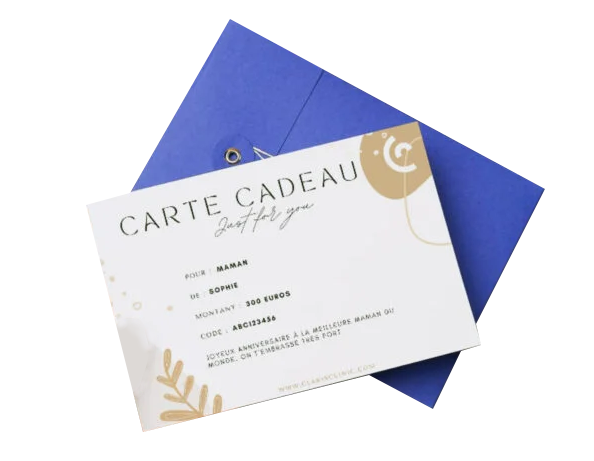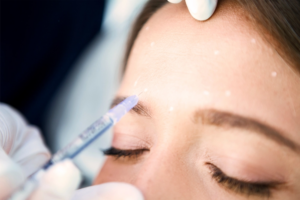What is rhinoplasty?
Nose surgery, or rhinoplasty, is a procedure that belongs to the branch of cosmetic surgery. Its aim is to modify or reshape the appearance of the nose. It is one of the most widely performed plastic surgeries in the world, and concerns both men and women. Rhinoplasty is frequently performed for aesthetic reasons. It corrects the natural imperfections of the nasal pyramid. However, it can also be performed for functional reasons. Particularly, for patients with mild or more pronounced respiratory disorders.
Why have rhinoplasty?
There are several reasons why you may need to undergo plastic surgery on your nose. The first is often to improve the aesthetics of the nose. The nose is one of the most easily and directly observable physical features on the face. It is frequently the subject of complexes due to its shape, which in most cases is considered too bumpy or long.
That’s why aesthetic nose surgery brings real long-term physical and psychological well-being. For anyone with a complex about this physical feature, it enables them to regain their self-confidence.
Beyond the aesthetic aspect, rhinoplasty can play a more functional role. In particular, it can correct anomalies such as a deviated nasal septum, which can impair breathing quality in some people. Rhinoplasty can also be used to repair a broken nose following an accident.
The benefits of rhinoplasty
- Corrects imperfections for a harmonious nose
- Improves breathing and treats abnormalities
- Lasting, natural results
- Techniques adapted to specific needs
- Minimal, discreet scars
- Boosts self-confidence
- Aesthetic and functional customization
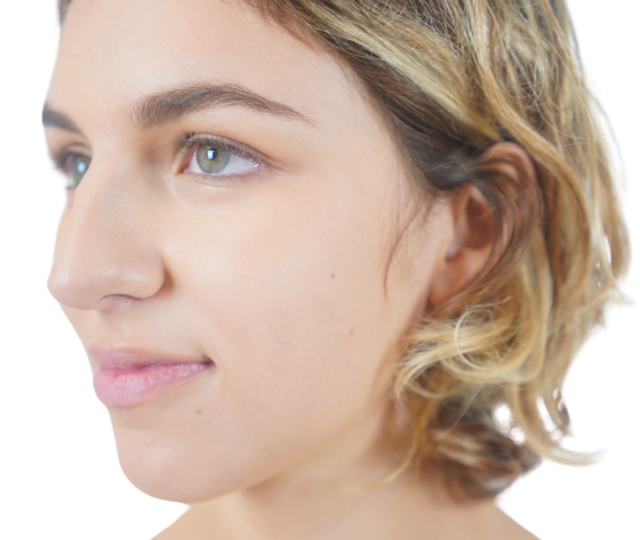
Frequently asked questions
What are the different types of rhinoplasty?
- Medical rhinoplasty: the aim is to shape the appearance of the nose through injections of hyaluronic acid. This fills in small defects such as a bump or drooping tip. Unlike surgical rhinoplasty, this technique cannot correct all nasal defects. Its effects are temporary. Injection of hyaluronic acid, a component naturally present in the body and used as a filler, enables the specialist to modulate the appearance of your nose as you wish. The procedure requires no special anaesthetic, as it is performed in a doctor’s surgery and lasts around 20 minutes. This temporary correction technique can also be useful for visualizing the change a surgical rhinoplasty could bring before making an informed decision.
- Surgical rhinoplasty: for long-term correction of nasal defects. It focuses on modifying the tip, septum and back of the nose by reshaping the bones, cartilage and tissues that make up the nose. This type of rhinoplasty requires a general anaesthetic, and therefore requires prior consultation with an anaesthetist. Surgical rhinoplasty can be performed for purely aesthetic reasons, to enhance the appearance of your nose. On the other hand, it can be performed for more functional reasons. It will free you if you suffer physically from the constitution of your nasal pyramid. Rhinoplasty can also have a mixed objective: in other words, it combines both aesthetic and functional aspects.
- Ultrasonic rhinoplasty (or piezotome rhinoplasty): This is a new, innovative rhinoplasty technique using an ultrasound-emitting device: the piezotome. This gentler approach to rhinoplasty delivers natural results with less post-operative stress. Ultrasound rhinoplasty is indicated in certain situations, mainly for surgery on the back of the nose.
What are the risks associated with rhinoplasty?
It’s important to know that choosing a reputable surgeon from a renowned clinic minimizes the risk of complications. That’s why the surgeons at the Claris Clinic benefit from a wealth of experience, performing nearly 1,000 procedures every year. So they can best meet your needs.
As with any surgical procedure, rhinoplasty carries risks:
- Infection: this complication generally occurs a few weeks after the operation, as the nose begins to deflate. It causes swelling and redness, which must be promptly treated.
- Persistent asymmetry: Although the surgeon ensures that the nose is symmetrical at every stage of the surgery, asymmetry may persist. This is due to the tissues, which may lose their symmetry several months after surgery.
- Unsightly scarring: This complication concerns the presence of external scars. These are very rarely unsightly.
- An unattractive result: It is possible that the result of the operation does not correspond to initial expectations. However, it may take some time for the patient to adapt to his or her new nose.
What protocol should you follow before surgery?
To help you prepare for your procedure, here is the protocol you should follow several days beforehand:
- DAY 30: We strongly recommend you stop smoking to avoid complicating the healing process.
- DAY D – 10: No more aspirin or anti-inflammatory drugs can be taken to minimize bleeding.
Some types of anesthesia require you to fast 6 hours before the procedure.
Your journey in 3 steps
- Consultation
- Surgery
- Post-operative follow-up
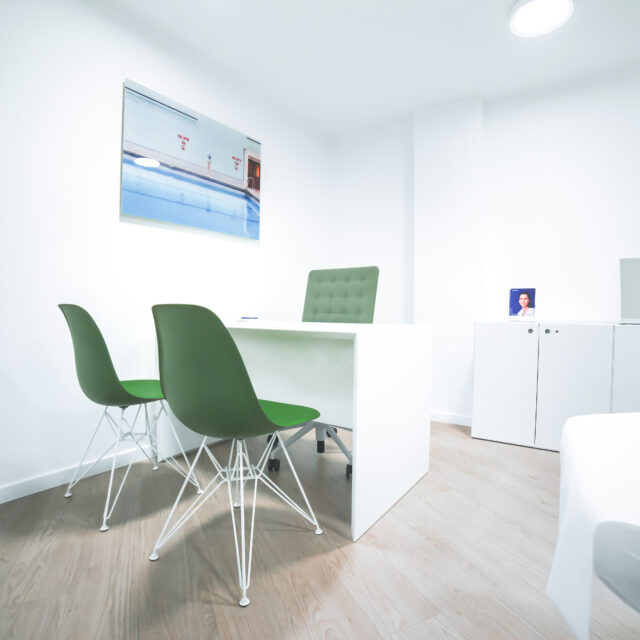
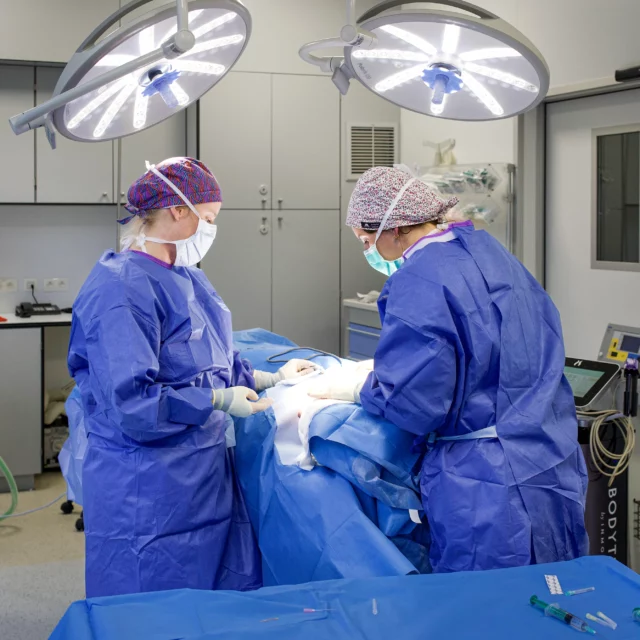
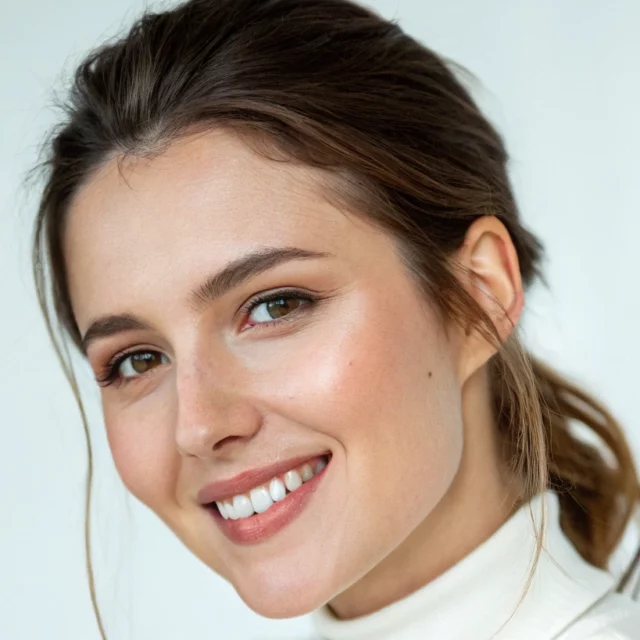
At a glance
1 to 3 hours 30, under general anaesthetic
On an outpatient basis
After 1 day
1 to 2 weeks
1 week
7 to 10 days
After 1 week
After 6 weeks. With impact, 12 weeks.
10 to 20 days
The result
When your plaster cast is removed at 7ᵉ day after surgery, you should bear in mind that the result you observe at that moment will not be the final result. This is because your nose will not have completely deflated.
It takes 6 to 9 months to get a good idea of the result of rhinoplasty. The final appearance will only be obtained after at least one year.

